EYES in the sky are now commonplace. But at the beginning of the last century, surveying land from up there was limited to looking down from hot-air balloons and sketching the view. Cameras had been used, notably when tethered to pigeons, but George R. Lawrence had an idea. What if he strapped the panoramic camera he had designed and built to a kite?
He got there the hard way, first thinking he could hang from an airship and snap away. But the platform broke free from the aircraft and her fell a long way down – reports say 2oo feet.

Lawrence experimented. He found that anything between nine and 17 kites was required to get the 49-pounds camera to 2000 feet. Piano wire would carry the electrical current that would trip the camera shutter. One limitation was that his “Captive Airship” could only take one picture at a time before it would need hauling in and reloaded. And then when would he press the shutter?
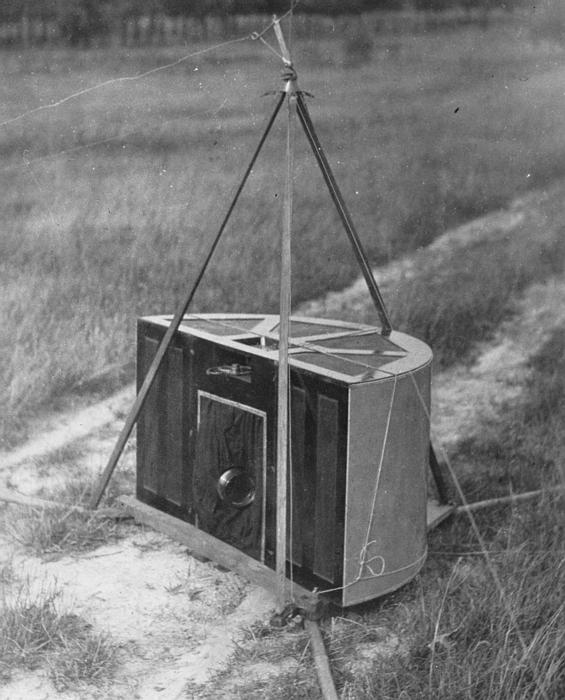
Lawrence designed his cameras so that the film plate curved in back and the lens fitted low on the front, creating wide panoramic views.
But he got good at it. In 1906, his aerial view of an earthquake ravaged San Francisco was reproduced in hundreds of periodicals.
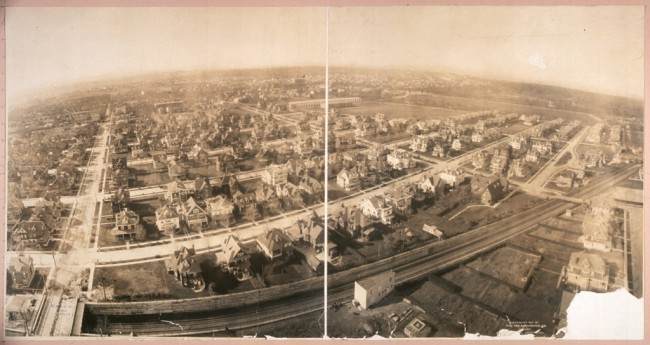
Bird’s eye view of Prospect Park, South, Brooklyn, N.Y.
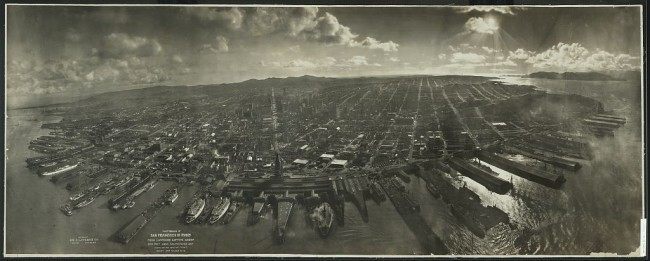
Photograph of San Francisco in ruins from Lawrence Captive Airship, 2000 feet above San Francisco Bay overlooking water front. Sunset over Golden Gate
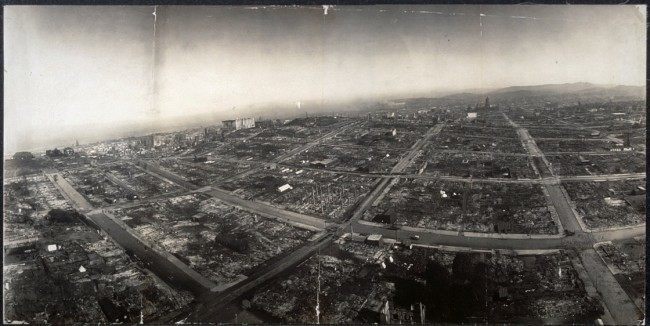
Ruins of San Francisco, 500 feet above Hyde and Green streets.
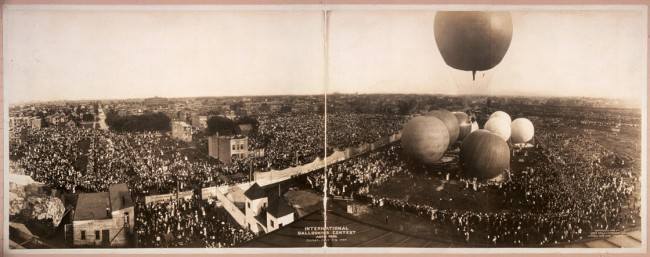
International ballooning contest, Aero Park, Chicago, July 4, 1908.

View of New York City from the Times Building.
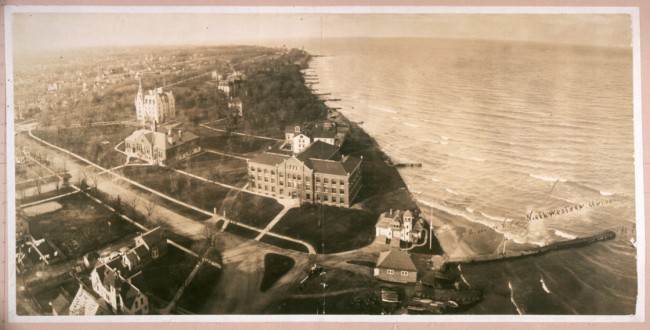
Northwestern University
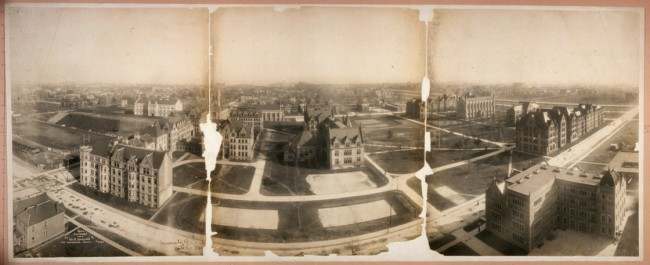
University of Chicago
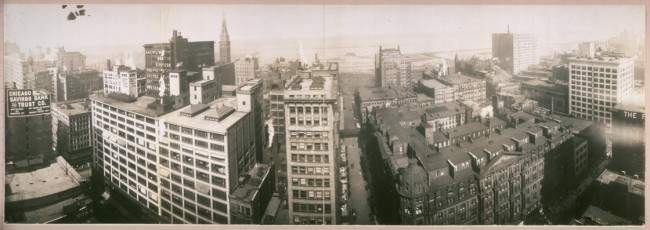
View of Chicago from Majestic Building.
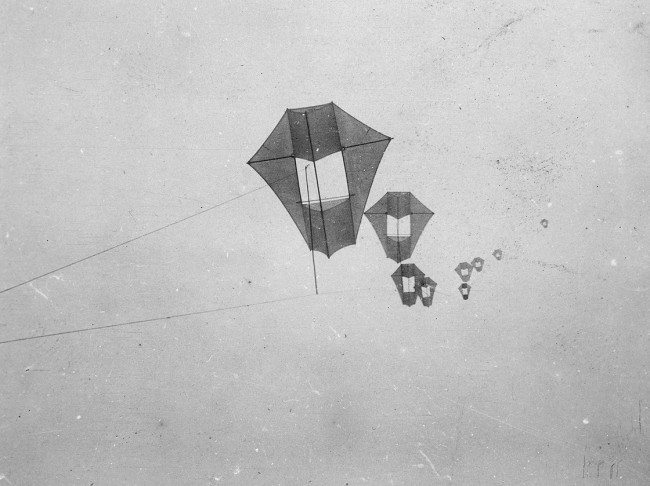
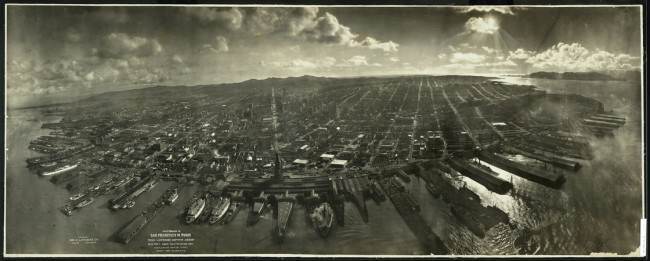
Ruins of San Francisco, 2,000 feet above San Francisco Bay overlooking the waterfront in 1906.
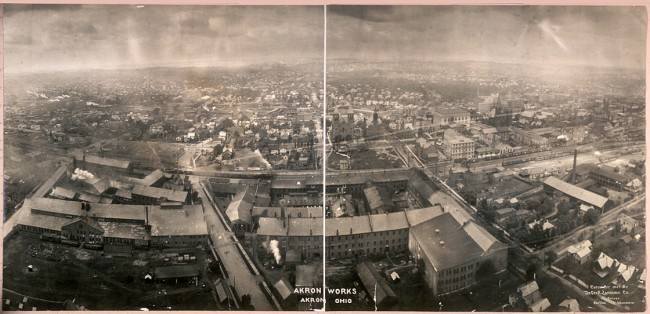
Akron Works, Akron, Ohio
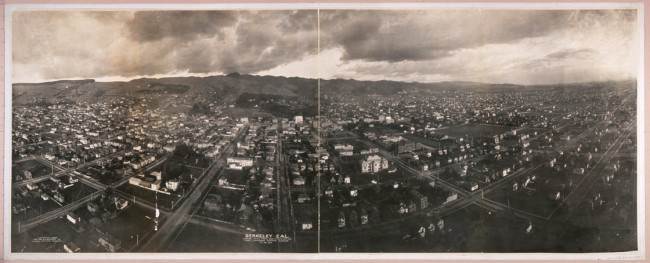
Berkeley, Calif., looking east, from 1,000 feet elevation, 1908.
Kite surveillance was big news. When the First World War arrived, kites were used:

Spotter: Library of Congress
Would you like to support Flashbak?
Please consider making a donation to our site. We don't want to rely on ads to bring you the best of visual culture. You can also support us by signing up to our Mailing List. And you can also follow us on Facebook, Instagram and Twitter. For great art and culture delivered to your door, visit our shop.

